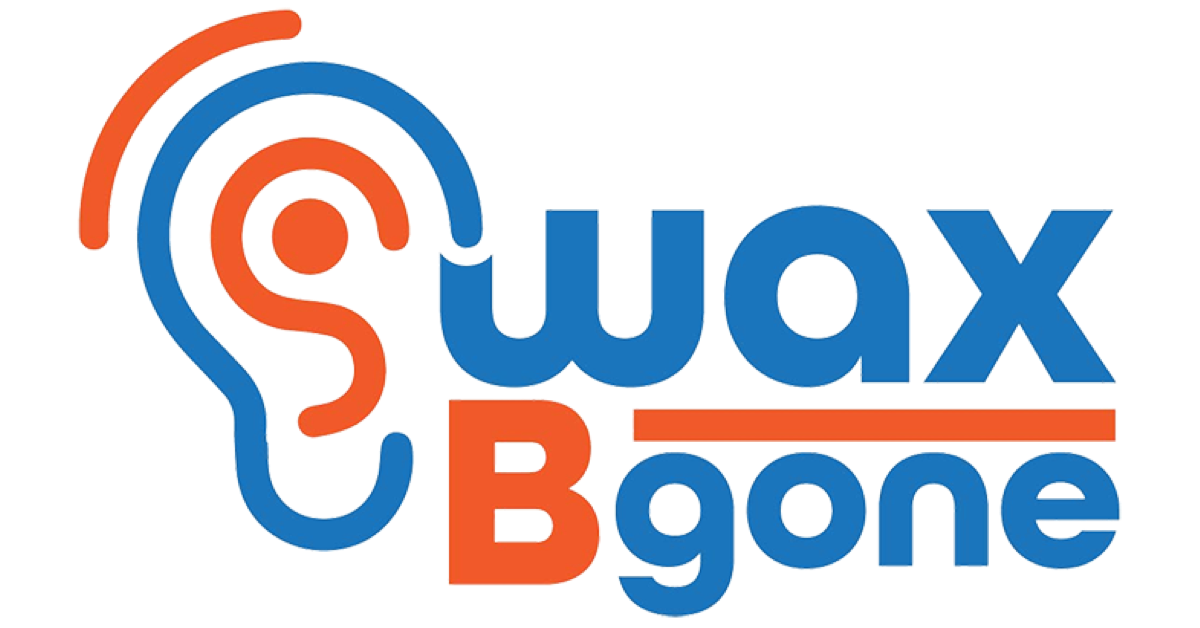Earwax is a natural substance produced by the body as a protective covering over the skin lining the ear canal.

Symptoms
Some of the symptoms of earwax blockage include:
- Decreased hearing
- Fullness
- Ringing
- Earache
- Foul smell from the ear
- Cough
How Is Earwax Blockage Diagnosed?
The primary way your doctor makes the diagnosis is by looking in your ear with an otoscope. This little device is like a small flashlight fitted with a magnifying glass that he uses to see if earwax is indeed your problem. Another method is a new diagnostic test called the “Banji’s test”. The test consists of a pull on the external ear to determine if the patient notices a momentary increase in sound perception. The test is simple, harmless and can discriminate between wax and other causes in about 90% of the cases. The rationale behind this examination is pulling the ear makes a tiny bit of room for the sound to travel through the ear canal past earwax blockage.
Causes of Earwax Blockage
There are many causes for earwax blockage but there are two that are the most responsible.
Earwax blockages commonly occur when people try to clean their ears on their own by placing cotton swabs or other items in their ears. This often just pushes wax deeper into the ear, rather than removing it.
Earbud and hearing aid users are more prone to earwax accumulation/impaction than those who do not. Hearing aid wearers who experience repeated plugging of their instrument with wax may benefit from regular irrigation.
Treatment
The safest and most efficient method to remove earwax in the comfort of your home is irrigation. As the name suggests, this process involves flushing your ear canal with a controlled, pressurized flow of warm water to dislodge and expel the impacted/excess earwax. This method is recommended by the American Academy of Otolaryngology (ENT Doctors) for its safety and effectiveness.
